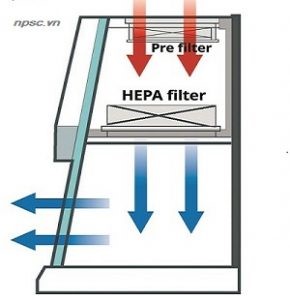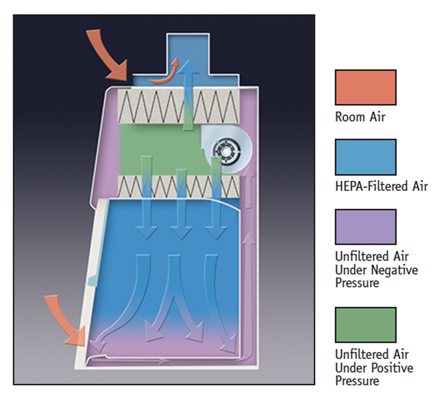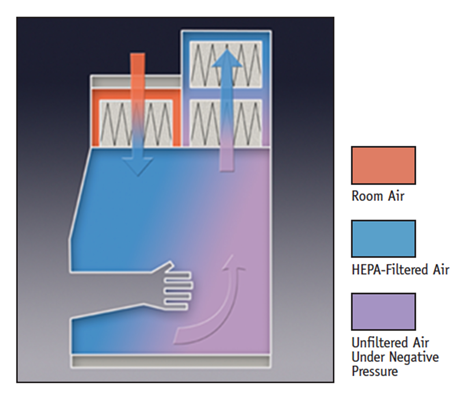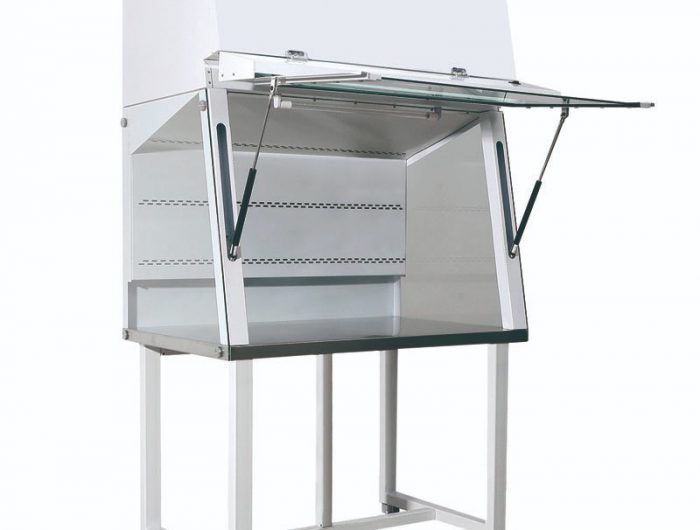Biosecurity Cabinet
What is a biosecurity cabinet?
A BioSafety Cabinet is a closed, convection cabinet that protects the manipulator, environment and sample from biologically infectious agents.
According to NSF/ANSI 49 standards of the U.S. Centers for Disease Control and Prevention (CDC), biosecurity cabinets are divided into three levels: Level I (Class I), Grade II (Class II) and Grade III (Class III).
Biosecurity Cabinet Classification
Biosecurity cabinet standards comparison table based on U.S. NFS 49 technical standard:
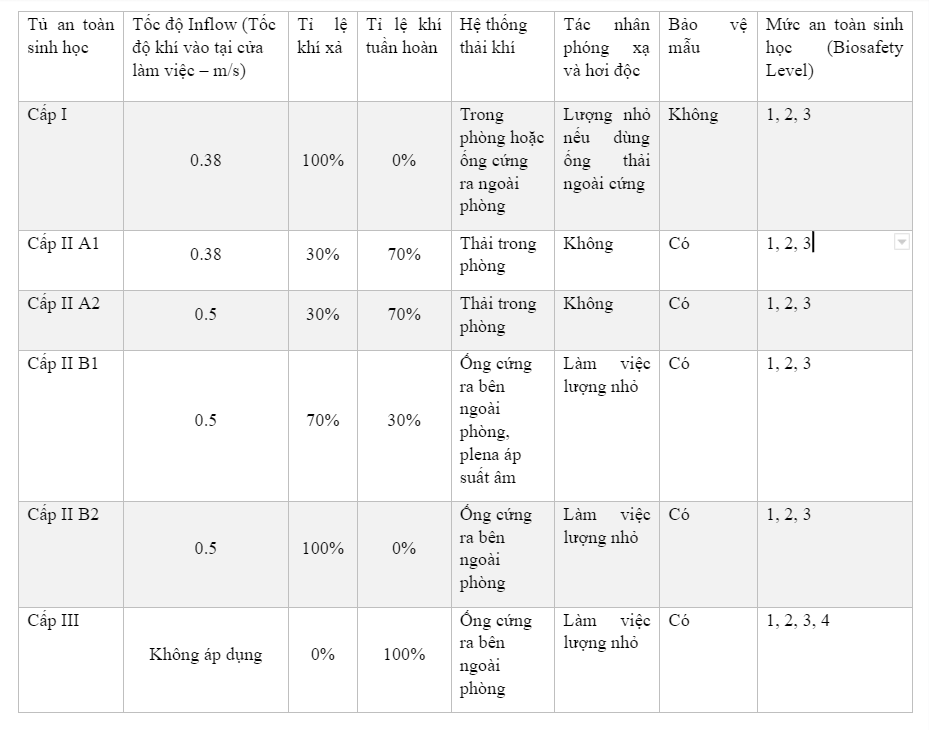
Grade I Biosecurity Cabinets (Class I): has the ability to protect employees and the surrounding environment from infectious agents, incapable of protecting the sample. The Grade I cabinet has a similar airflow to a chemical intake cabinet but has HEPA filter at the top of the gas to prevent harmful agents from spreading into the environment. This type of cabinet is currently rarely used.
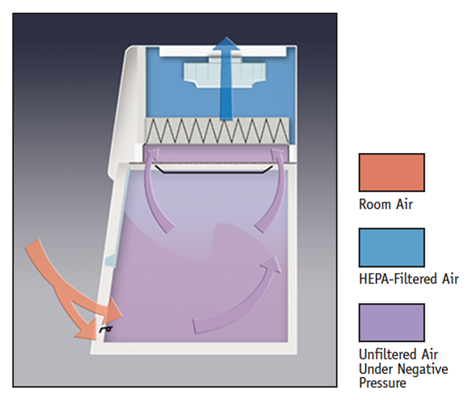
Tủ an toàn sinh học cấp I
Grade II Biosecurity Cabinets (Class II): The flow of air in and out of the cabinet passes through the HEPA filter so the cabinet has the ability to protect both the operation staff, the surroundings and specimens. Grade II biosecurity cabinets are also classified into four smaller categories: A1, A2, B1 and B2.
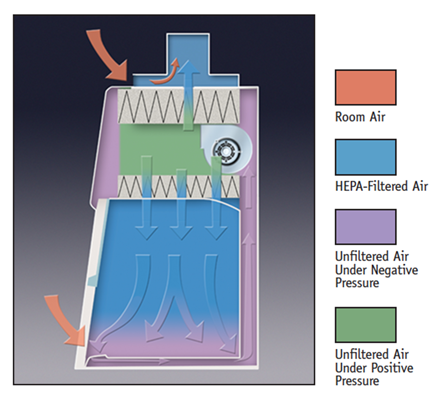
Tủ an toàn sinh học cấp II
Grade III Biosecurity Cabinets (Class III)
This type of cabinet provides absolute safety protection for the user; surroundings and specimens. The cabinet is fully enclosed, ventilated through the HEPA filter. Cabinets are equipped with glove gates and sample ports with Pass-boxes or 2-door sterilization equipment. Level 3 safety cabinets are used with manipulation samples with high risk of disease, easy to spread, harmful bacteria and viruses.
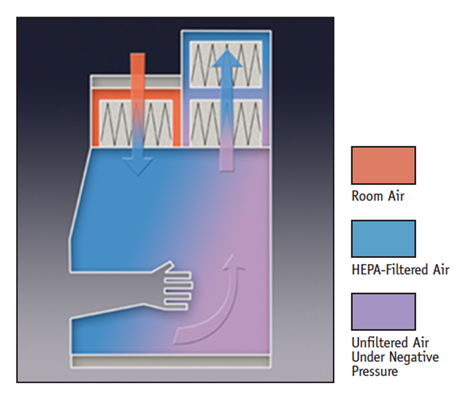
Tủ an toàn sinh học cấp III
Distinguishing biosecurity cabinets and microbiological implant cabinets
Although shaped like a Biosecurity Cabinet, the microbiological implant cabinet does not protect the manipulator and the surrounding environment. The task of the Microbiological Implant Cabinet is to protect the specimen. This device is often used in experiments with non-harmful bacteria; culture of plant and animal tissue, PCR operation; or manipulate semiconductors, microchips.
Attention should be paid to avoiding confusion. Microbiological implants must not be used to manipulate biological agents or hazardous materials.
